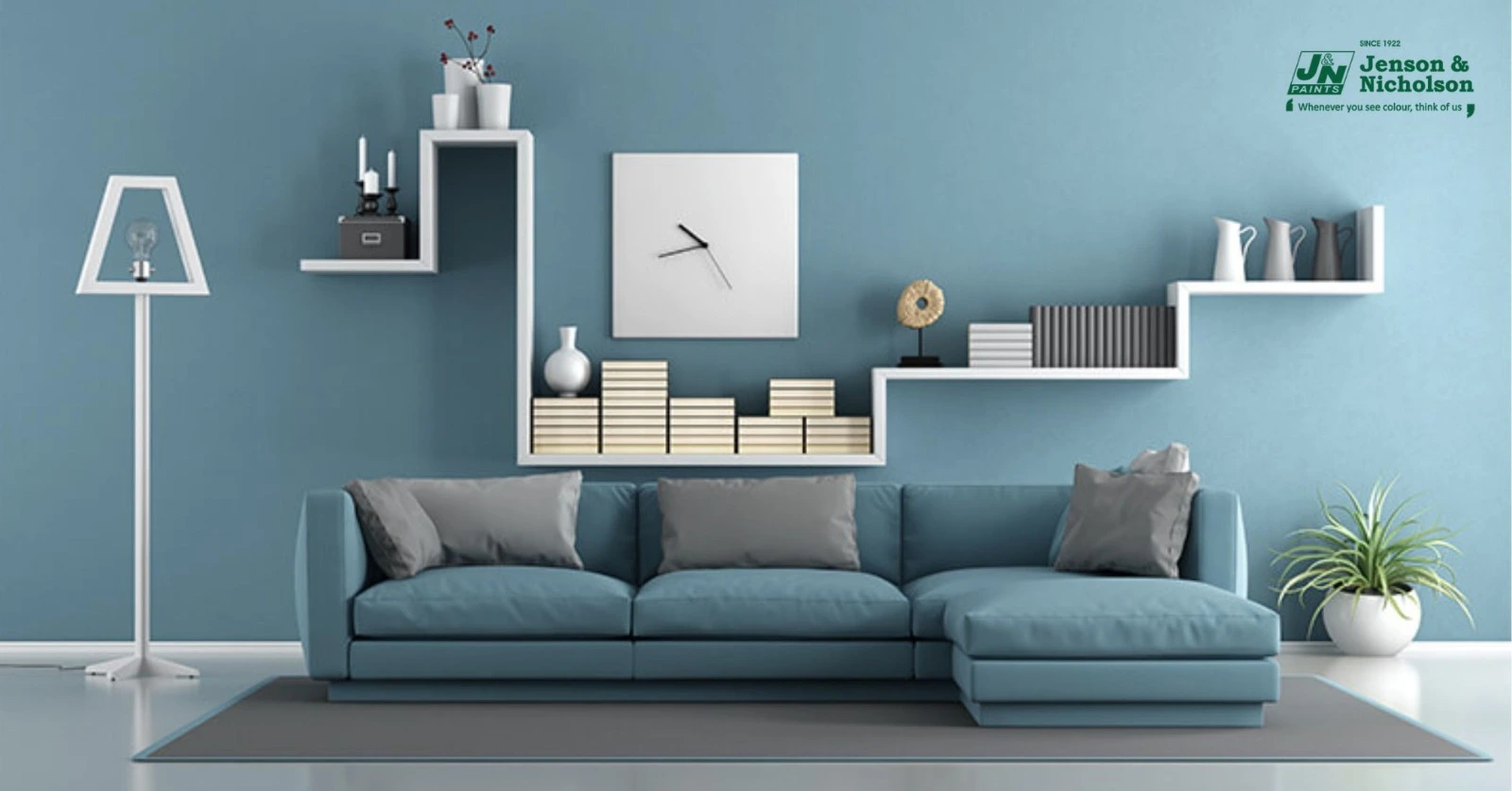Painting the interior of your house doesn’t have to be as scary as it seems. You can create a finish that looks professional and make the process fun if you take the proper approach. These pointers will guarantee that your project looks stunning, regardless of your level of experience with do-it-yourself Interior Home Painting.
Preparing for the Project
Select the Proper Paint for Your Requirements
Certain paint types are needed for different surfaces and rooms. While a bedroom might look stunning with a matte finish, high-traffic spaces like corridors may benefit from long-lasting, washable paints. Consider moisture content as well; mildew-resistant paints are necessary for kitchens and bathrooms.
assemble high-quality equipment and supplies.
You can save time and trouble by getting high-quality brushes, rollers, painter’s tape, and drop cloths. Inexpensive tools may cause bristle shedding and uneven application.
Try Colors Before Choosing One
Because of the lighting, the paint swatch may appear differently on your walls. To examine how the color changes during the day, purchase sample pots and paint small areas of several walls.
Prepping the Room
Make Room
Furniture can be pushed to the middle of the space or removed, and it can be covered with a protective sheet. Remove all artwork, shelves, and drapes from the walls.
Keep flooring and furniture safe.
Cover everything that might get splattered with plastic sheets or drop cloths. When it comes to covering windows, baseboards, and other surfaces you don’t want painted, painter’s tape is your best friend.
Clean and Fix Surfaces
Dust, grease, and filth can be removed from walls by using a mild detergent. Sand down any rough spots and use spackle to fill in any nail holes, cracks, or dents.
Perfecting Your Interior Home Painting Technique
Use primer at all times.
By smoothing down surfaces and improving paint adherence, primer reduces peeling in the future. When switching to brighter hues, it also aids in covering darker ones.
Evenly Apply Paint
Begin by “cutting in”—that is, using a brush to paint around corners and edges. For the larger areas, use a roller in a W pattern to guarantee even, smooth covering.
Employ Appropriate Brush and Roller Methods
Apply with gentle strokes while holding brushes at a small slant. Avoid packing rollers with too much paint as this may result in drips. It is always preferable to apply two thin coats rather than one heavy one.
Tips for Specific Areas
Painting Baseboards and Trims
Prior to Interior Home Painting. the walls, paint the baseboards and trims. For accuracy, use a smaller brush and steady hand, and always have a moist cloth on available to swiftly wipe up spills.
Taking on Ceilings Easily
Painting a ceiling may be a dirty task. Work in small pieces, beginning with one corner with a long-handled roller. To make the process easier, ceiling paint frequently comes with anti-splatter formulations.
Cleaning and Final Touches
Carefully remove the tape.
Before taking off the painter’s tape, wait until the paint is just sticky but not entirely dried. This guarantees crisp, tidy lines.
Check for Flaws
Examine your Interior Home Painting. in a well-lit area once it has dried. Check for drips, uneven application, or missed areas. For a polished look, touch up as needed.
Transform Your Home Today: Take the First Step!
In addition to being a visual feast, a nicely painted home expresses your sense of style and personality. There is nothing stopping you from making your area the haven of your dreams now that you have these exclusive tips.
Don’t delay any more! Assemble your equipment, choose your paints, and begin Interior Home Painting.your inside right now. The delight of taking a step back and appreciating your work will make the effort worthwhile. To make sure your idea is realized, get advice from professionals, watch tutorials, or hire someone if you need inspiration or assistance.
Go ahead and use the walls as an empty surface to express your creativity. It only takes a brushstroke to create your ideal home!

